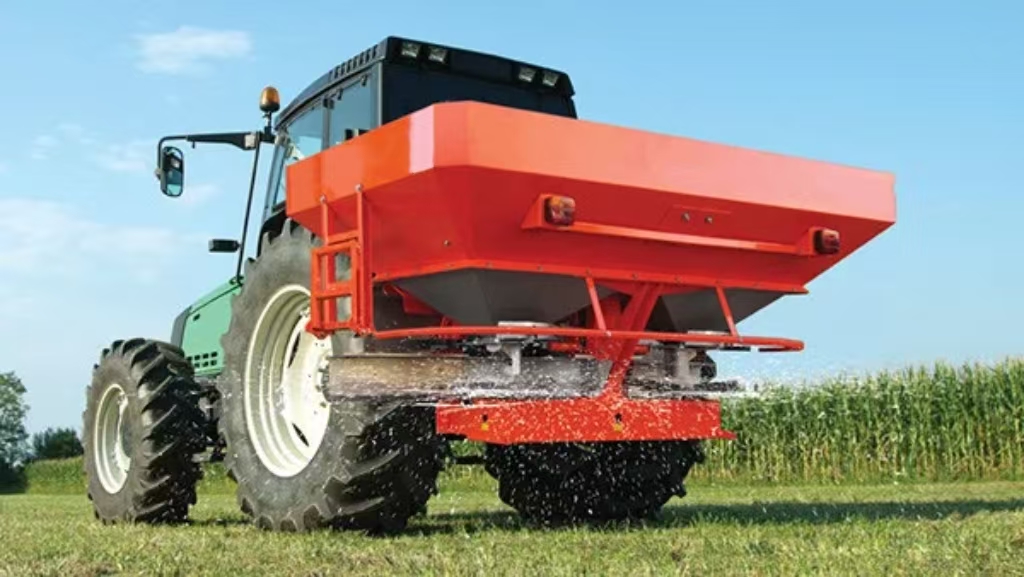Agricultural fertilizer spreaders are critical for efficient nutrient delivery in farming, and their performance and lifespan heavily depend on material selection. The right materials must balance durability, corrosion resistance, weight efficiency, and cost—factors that directly impact operational reliability and long-term farming costs. Below are key considerations and optimal material choices for core components of fertilizer spreaders.
Before choosing materials, three core requirements must be prioritized to match agricultural working conditions:
- Corrosion Resistance: Fertilizers (especially nitrogen-based or compound types) are often acidic or alkaline, which can erode metals over time. Materials must withstand chemical reactions to avoid rust or structural damage.
- Mechanical Durability: Spreaders operate in rough environments—bumping over uneven fields, contacting stones, or bearing heavy fertilizer loads. Materials need sufficient tensile strength and impact resistance to prevent deformation or breakage.
- Weight Balance: Excessively heavy materials increase fuel consumption of tractors (which tow most spreaders), while overly light materials may lack stability. The ideal material reduces overall weight without compromising strength.

Different components of a spreader face unique stresses, so material selection should be component-specific:
- Hopper : High-density polyethylene is the top choice. It is lightweight, non-corrosive to all fertilizer types, and has smooth inner walls that prevent fertilizer clumping or sticking—solving a common issue with metal hoppers. For large-capacity spreaders (over 500L), reinforced HDPE is preferred to enhance load-bearing capacity.
- Spreading Mechanism: Carbon steel with hot-dip galvanization is optimal. Carbon steel provides high tensile strength (resisting wear from abrasive fertilizers like phosphate rock), while the galvanized coating forms a protective zinc layer that blocks corrosion. For high-intensity farming , stainless steel is an upgrade—it offers superior corrosion resistance but comes with a higher cost.
- Frame: Mild steel with powder coating is widely used. Mild steel is cost-effective and easy to weld into sturdy frames, and the powder coating adds extra protection against moisture and fertilizer splashes. For spreaders used in coastal areas, galvanized mild steel is recommended to avoid salt-induced rust.
Material selection also involves trade-offs between upfront cost and long-term savings. Cheaper options like uncoated steel may lower initial purchases but require frequent maintenance due to corrosion—increasing total costs over 3–5 years. In contrast, investing in HDPE hoppers or galvanized steel components reduces maintenance needs and extends the spreader’s lifespan to 8–10 years, offering better value for large-scale or long-term farmers.
In conclusion, material selection for fertilizer spreaders is not a one-size-fits-all decision. By aligning materials with component functions, working environments, and budget goals, farmers can select spreaders that boost efficiency, reduce downtime, and support sustainable agricultural practices.
Copyright © 2025 Xingtai Farming First Agricultural Machinery Co., Ltd. All Rights Reserved. Links Sitemap RSS XML Privacy Policy


